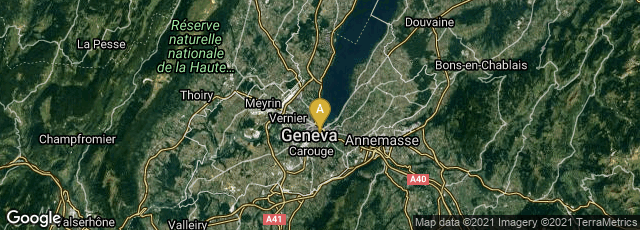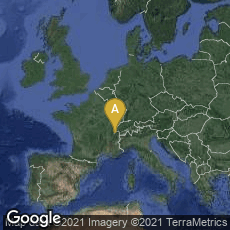

A: Centre-Plainpalais-Acacias, Genève, Genève, Switzerland
In October 1986 the Standard Generalized Markup Language (ISO 8879:1986 SGML) was accepted by the International Organization for Standardization (ISO), Geneva, Switzerland. SGML was:
"an ISO-standard technology for defining generalized markup languages for documents. ISO 8879 Annex A.1 defines generalized markup:
"Generalized markup is based on two novel postulates:
"Markup should describe a document's structure and other attributes, rather than specify the processing to be performed on it, as descriptive markup need be done only once, and will suffice for future processing. Markup should be rigorous so that the techniques available for processing rigorously-defined objects like programs and data bases, can be used for processing documents as well.
"SGML descended from IBM's Generalized Markup Language (GML) that Charles Goldfarb, Edward Mosher, and Raymond Lorie developed in the 1960s. Goldfarb, editor of the international standard, coined the 'GML' term using their surname initials. As a document markup language, SGML was originally designed to enable the sharing of machine-readable large-project documents in government, law, and industry. Many of these documents must remain readable for several decades — a long time in the information technology field. SGML also was extensively applied by the military, and the aerospace, technical reference, and industrial publishing businesses. The advent of the XML profile has made SGML suitable for widespread application for small-scale, general-purpose use" (Wikipedia article on Standard Generalized Markup Language. accessed 12-29-2009).